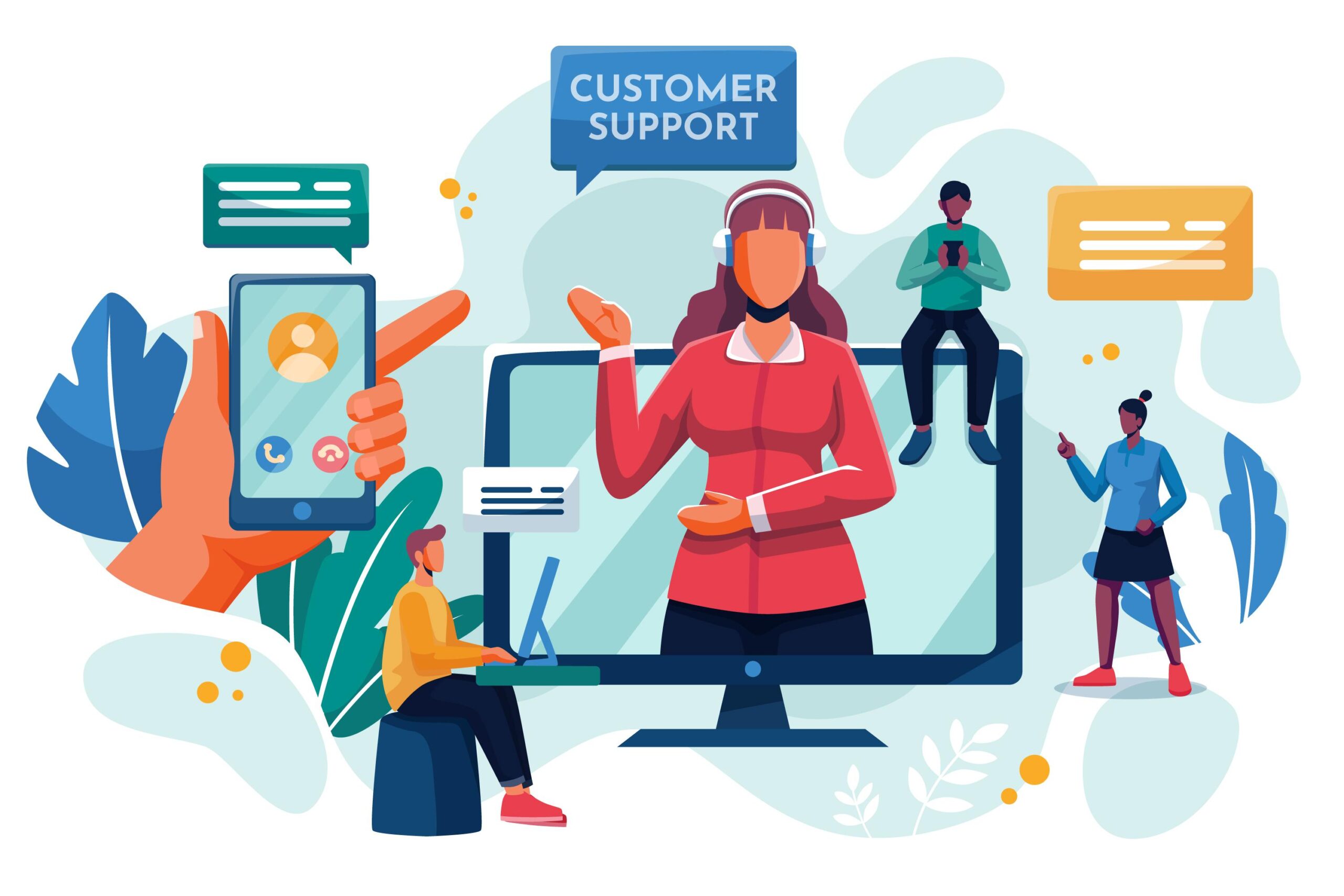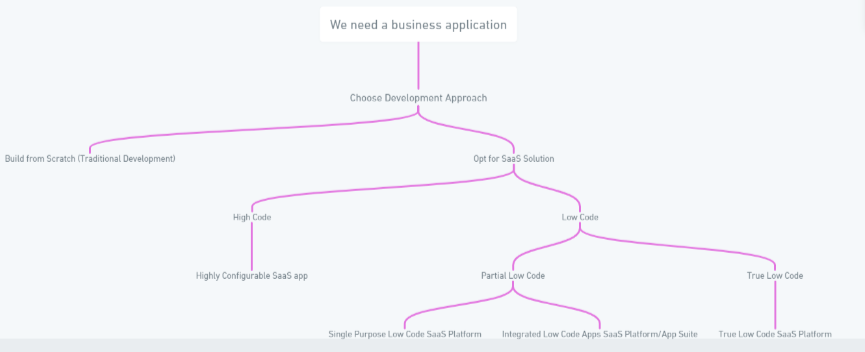In today’s ever-evolving technology landscape, cybersecurity and low-code no-code solutions have become inseparable partners in innovation. These dynamic tools empower businesses to expedite development processes and streamline operations, but they also present unique cybersecurity challenges that must be addressed to protect your digital assets effectively.
Today, in the fast-changing tech world, cybersecurity and low-code no-code solutions are closely connected. These tools help businesses develop faster and operate more efficiently. However, they also pose specific cybersecurity challenges. It is crucial to address these challenges to effectively protect your digital assets.
Understanding Low-Code and No-Code Solutions
Low-Code Development:
Imagine you are a builder tasked with constructing a complex skyscraper. You have a detailed blueprint, and your job is to put the pieces together. Instead of building everything by hand, you have machines that can lift and position the materials for you. These machines are instinctual; you only need to tell them where you want things to go, and they’ll do the rest. Low-code platforms are like those machines. They help in simplifying the application development process, using an intuitive user interface.
No-Code Development:
Imagine you’re trying to make art, but you’re not an artist. No-code platforms are like having a ready-to-use art studio with templates and tools. You can choose what you like and put it together on your canvas, even if you’re not an expert artist. No-code platforms make things even easier. They let people who aren’t tech-savvy create apps and processes without needing to write any code. They rely on pre-built templates and components, making them accessible to a broader audience.
The Cybersecurity Challenges in a Low-Code and No-Code World
The rapid adoption of low-code and no-code solutions has introduced several cybersecurity challenges that organizations must address:
- Inadequate Security Knowledge
Low-code No-code platforms democratize development, making it accessible to non-technical users. But, these untrained developers might not know enough about cybersecurity to make safe choices. For instance, a marketing manager using a no-code platform creates a customer database for a targeted email campaign. But what if they overlook data security practices, which can expose customer information?
- Increased Attack Surface
Low-code and no-code tools speed things up. But they also increase the risk of cyberattacks. Each new app becomes a larger target for attackers. This can pose a major security issue for organizations. Organizations can adopt the low-code and no-code platforms to create many new applications. This may, in turn, introduce several potential vulnerabilities.
- Data Security
Your organization’s data is very valuable and must be protected. It is like the crown jewels in a vault. Cyber criminals can access precious data through low-code and no-code platforms if not handled carefully. For instance, a healthcare institution uses a no-code platform to make an app for patient scheduling. If patient data is not protected, it could lead to a security breach. This breach could expose sensitive information and cause legal issues.
- Compliance and Regulatory Concerns
Different industries have strict rules to follow when it comes to protecting data. For example, healthcare has HIPAA, Europe has GDPR, and banking has its own regulations. If you don’t follow these rules, there can be serious consequences.
- Third-Party Integrations
The use of third-party integrations in low-code and no-code platforms can introduce extra risks if these components are not properly vetted and secured. Consider an e-commerce platform that relies on third-party payment gateways for processing transactions. If one of these gateways has a security problem, it could cause a data breach and put customer financial info at risk.
- Security Testing
The rapid development pace of low-code and no-code platforms can often overlook thorough security testing, leaving vulnerabilities undiscovered.
7 Strategies for Safeguarding Your Digital Assets
We talked about the cybersecurity issues related to low-code and no-code solutions. Now let’s explore strategies that organizations can use to address these challenges and protect their digital assets.
Security Education
Strengthening our protection against cyber threats is vital. To do this, we provide security education and awareness programs. For example, an organization can regularly offer cybersecurity training to all its staff, no matter their level of skill.
Security by Design
Integrate security into the application development process from the very beginning. To make your code secure, follow safe coding practices and regularly test it for vulnerabilities. Organizations should use a secure development process. They should assess security at each stage of application development. This includes planning, design, testing, and deployment.
Access Control
To protect your digital assets, use strong access controls. These controls make sure that only people with the right credentials can access and change your assets. For example, an organization might use role-based access control. This control lets employees access and change data based on their specific roles and responsibilities.
Data Encryption
To keep sensitive data safe, use encryption protocols and standards for both when it is being sent and when it is stored.
Third-Party Vetting
Carefully assess third-party integrations and components for security vulnerabilities. Choose reputable providers with a strong security track record.
Regular Security Audits
Conduct regular security audits and penetration testing to find and fix vulnerabilities in the applications built on these platforms. Let’s say there’s an online store. They often hire a cybersecurity company to test their website for any weak spots and fix them in advance. This helps keep their site secure.
Compliance Monitoring
Continuously track and enforce compliance with relevant data protection and privacy regulations. Organizations focus on cybersecurity as they adopt low-code and no-code solutions. These platforms offer agility and efficiency but also bring new security challenges. To address these challenges, organizations should educate users, incorporate security from the start, install access controls, and regularly audit and monitor applications. By doing so, they can maximize the benefits of low-code and no-code development while reducing cybersecurity risks.
Why Amoga?
Amoga is committed to security. We believe that cybersecurity should be an important part of the development process, not an afterthought. Our platform follows secure coding practices. We adhere to the OWASP (Open Web Application Security Project) guidelines. We prioritize security. We do this by using a strong Network Firewall from Cloudflare. We also have a comprehensive Identity and Access Management system powered by Keycloak. Trust Amoga for the secure development of your low-code and no-code solutions to protect your digital assets. Feel free to book a demo right now!












